According to an article published in the journal of Clinical Aesthetic, ((Rassman WR, Pak JP, Jino K, Estrin NF. Scalp Micro-Pigmentation, A Concealer for Hair and Scalp Deformities. Clinical Aesthetic, March 2015, 8(3): 35-42.)) scalp micropigmentation (SMP) is an effective cosmetic solution for millions of men and women who currently have significant scalp deformities for which there are few, if any, good medical treatment options.
Scalp Micro-Pigmentation is a Permanent Hair Loss and Scar Concealer
SMP is a permanent cosmetic tattoo of carefully selected pigments applied to the scalp in a stippling pattern to mimic closely cropped hair. This technique allows a physician skilled in SMP to effectively conceal a variety of alopecias and scars.
SMP can address the following situations:
- Female hair loss not responsive to minoxidil or cannot be treated with a hair transplant
- Hair loss due to chemotherapy
- Deformities from autoimmune diseases, such as refractory alopecia areata or alopecia totalis
- Scalp scars from scarring alopecias
- Scars from neurosurgery or head trauma
- A visible scar from a strip harvesting procedure or punctate scars from an FUE procedure
- Visible open donor scars from older harvesting techniques – usually those from the 1950s through the early 1990s
- A pluggy or corn-row look from older hair restoration procedures
Scalp micro-pigmentation can also create the appearance of fullness on an otherwise thinning or bald scalp with or without a shaved head.
The Scalp Micro-Pigmentation Process
The physician skilled in SMP has a variety of tools at hand, including pigments of different colors and viscosities. The pigments can be introduced into the skin using a number of different needle types and sizes.
The physician begins by taking a needle and inserting a tiny droplet of pigment through the top layer of the skin and into the upper dermis. Because the thickness of the top layer of the skin varies across the scalp, the doctor must judge the appropriate depth at each location by both “feel” and visual cues. For example, a portion of the outer skin layer that has more fat and hair follicles will have a different look and will produce a different feel when inserting a needle compared to a scarred or bald scalp.
To place the correct amount of pigment at the correct depth at a particular location on the scalp, the operator of the tattooing instrument must take into account the following variables:
- The angle and depth of the needle
- The time the needle is left in the scalp (in order to place the pigment into the upper dermis)
- The resistance of the scalp, which varies locally across the scalp
- The particular color and viscosity of the pigment
- The size and shape of the particular needle
In order to produce the desired shading and create the desired illusion of texture and fullness, the doctor must vary the density of the stippling across the area of application. Because every patient is unique and every area of the scalp is different, the doctor must proceed carefully in order to achieve the desired aesthetic effect and to minimize the chances of the pigment bleeding into the area surrounding the point of application.
The complete SMP process usually takes two to four sessions.
Posted by Robert M. Bernstein M.D. 


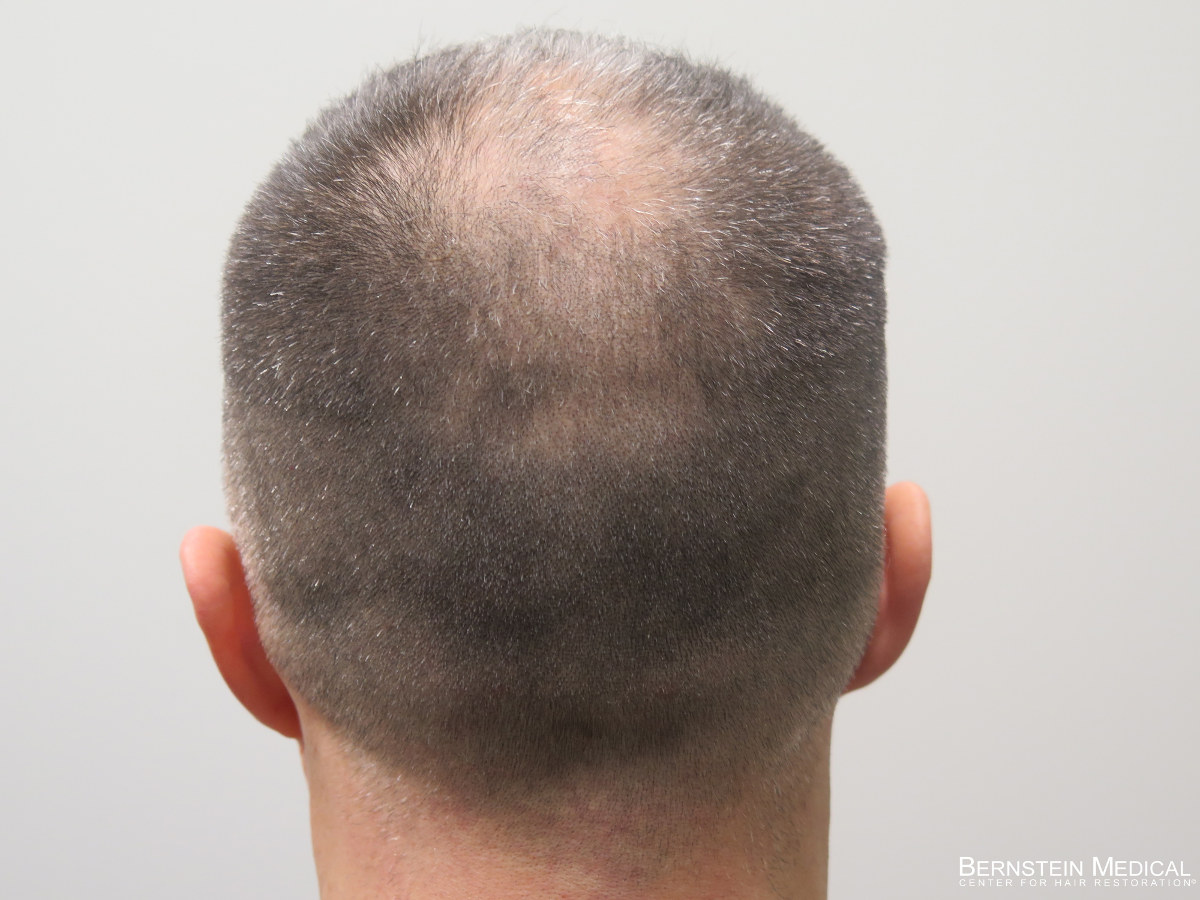
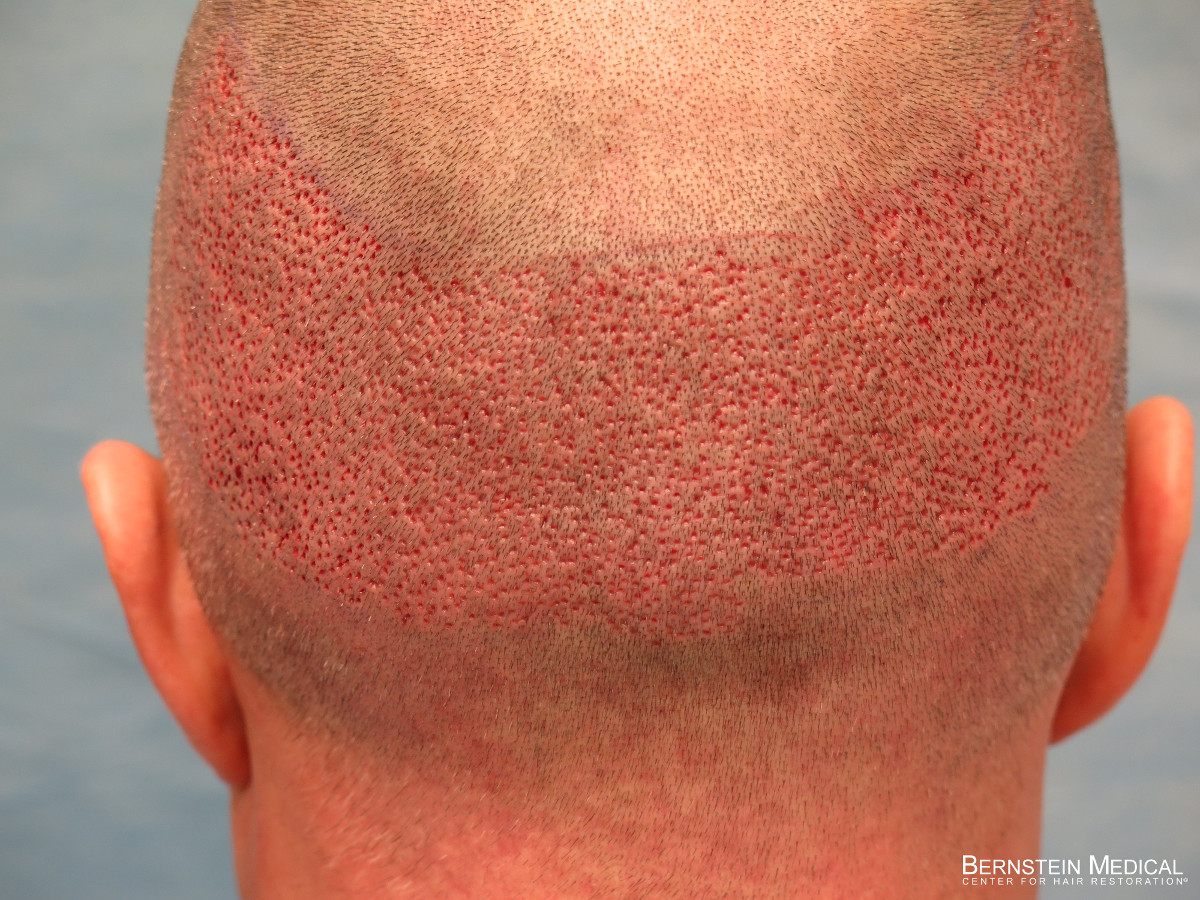
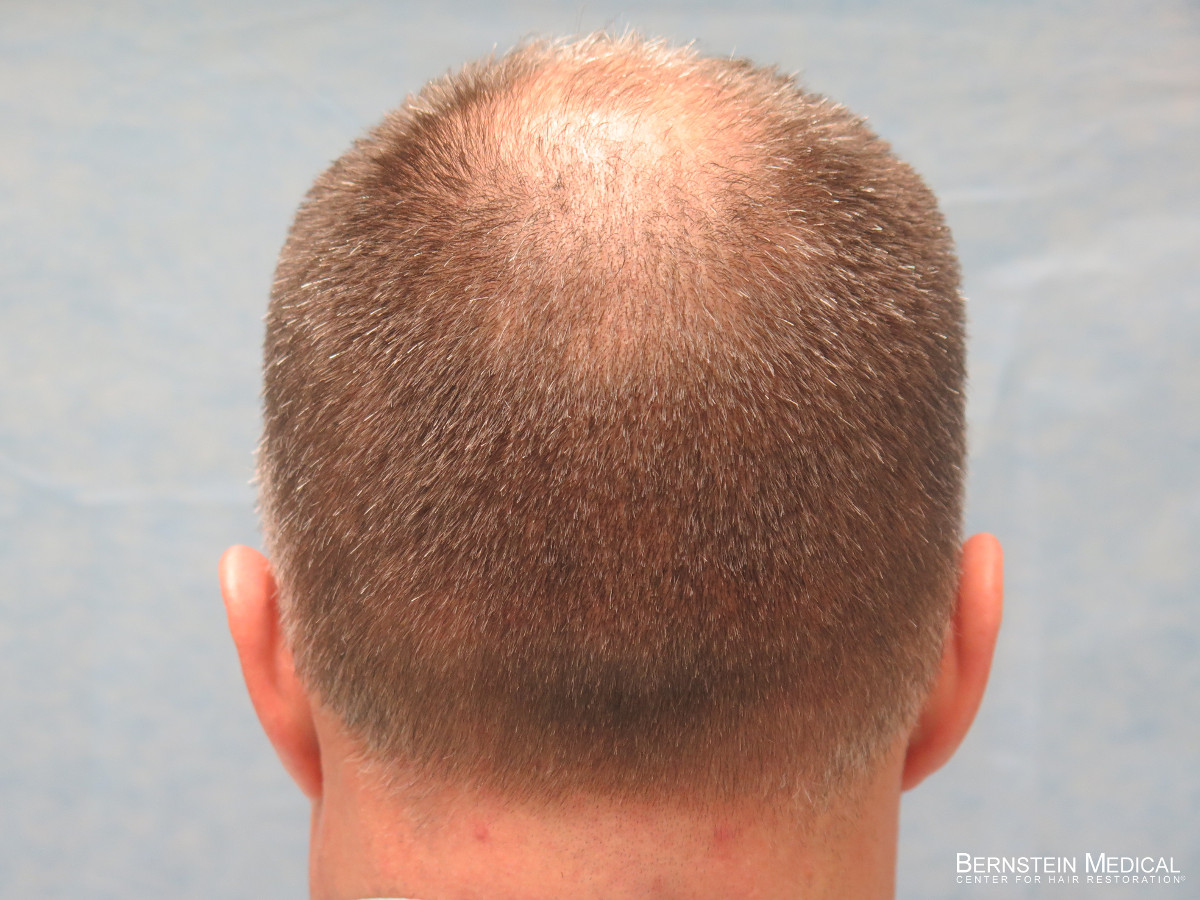
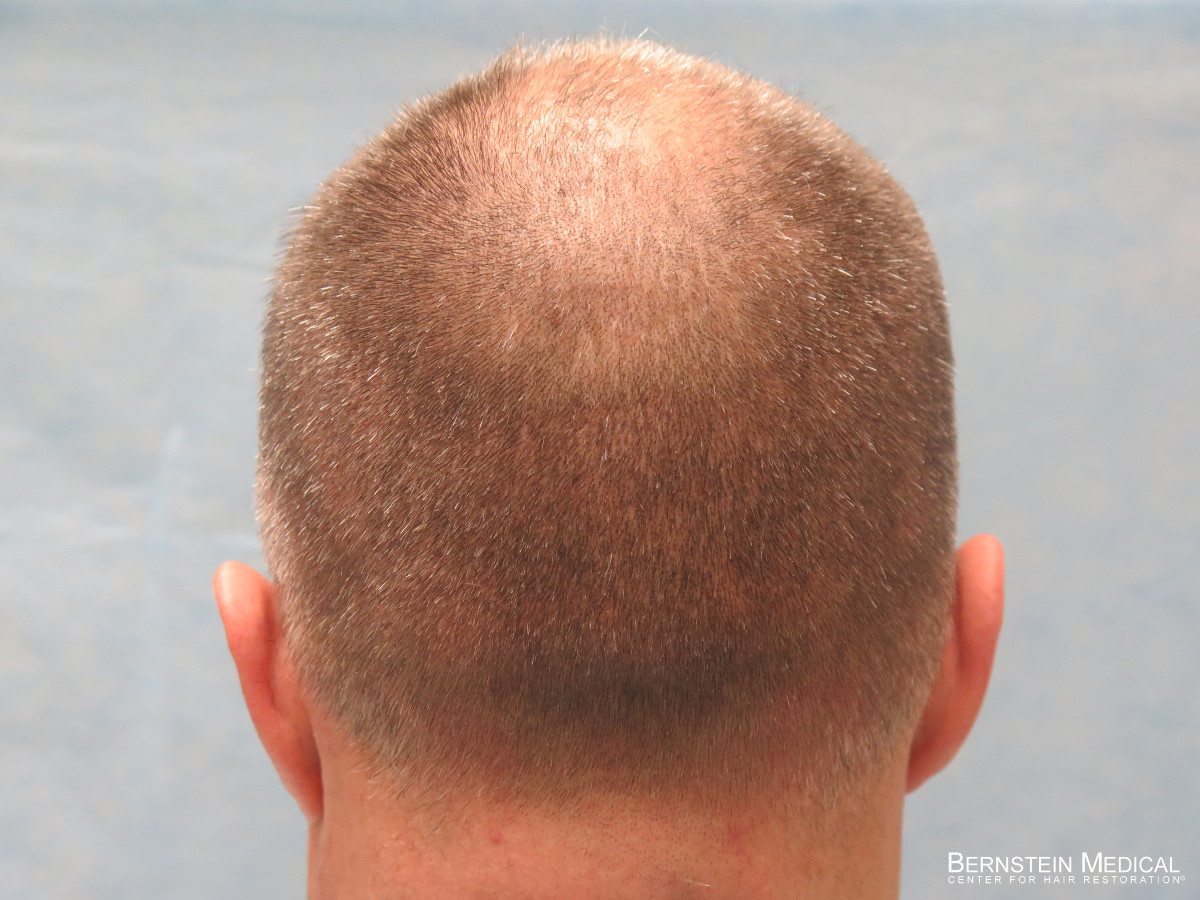
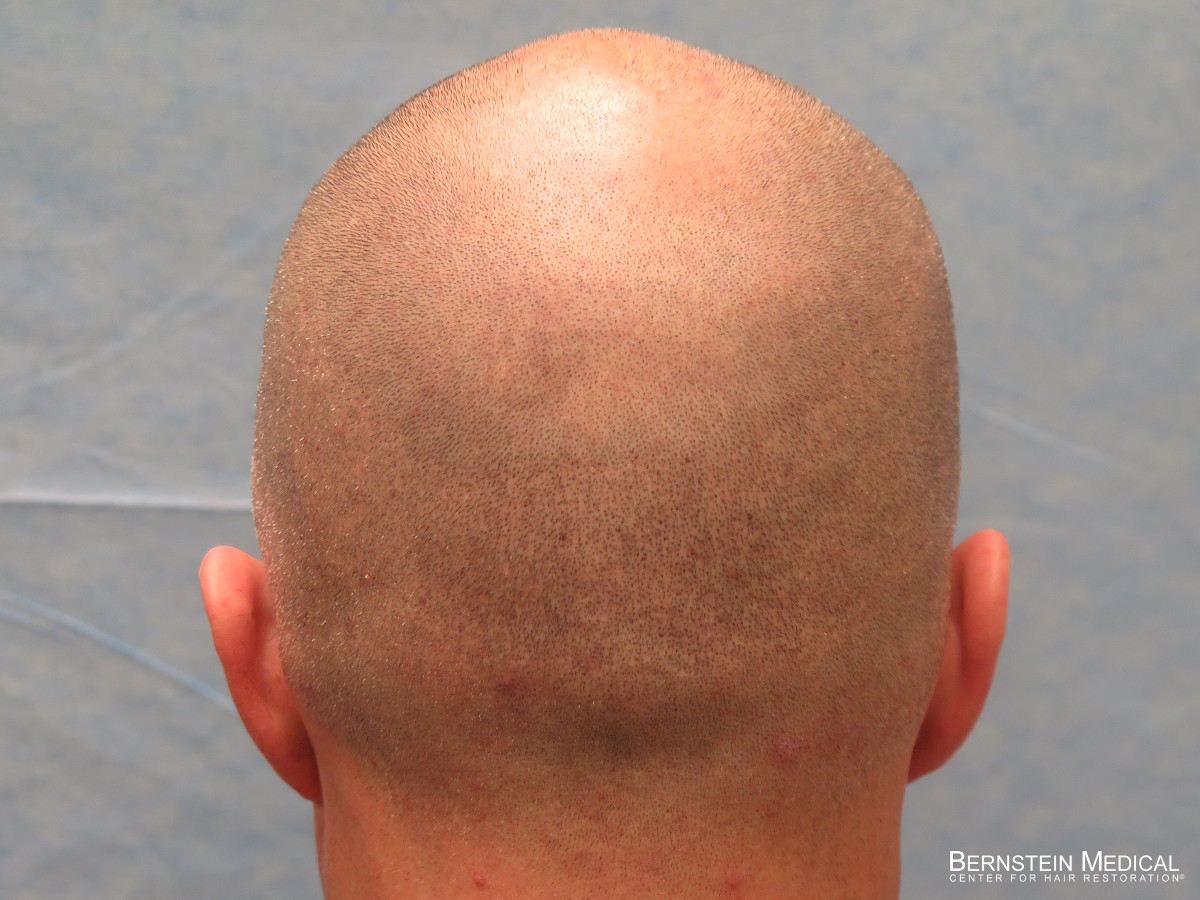
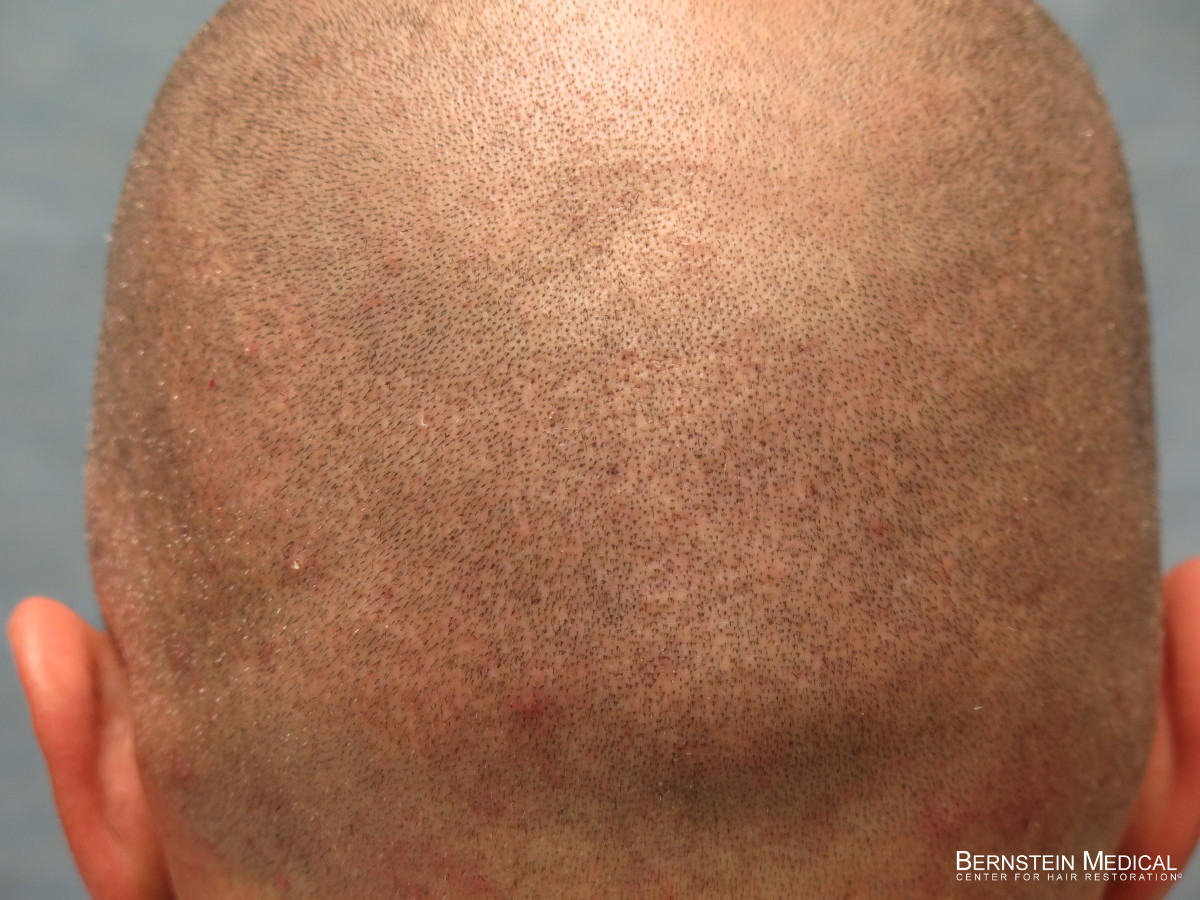
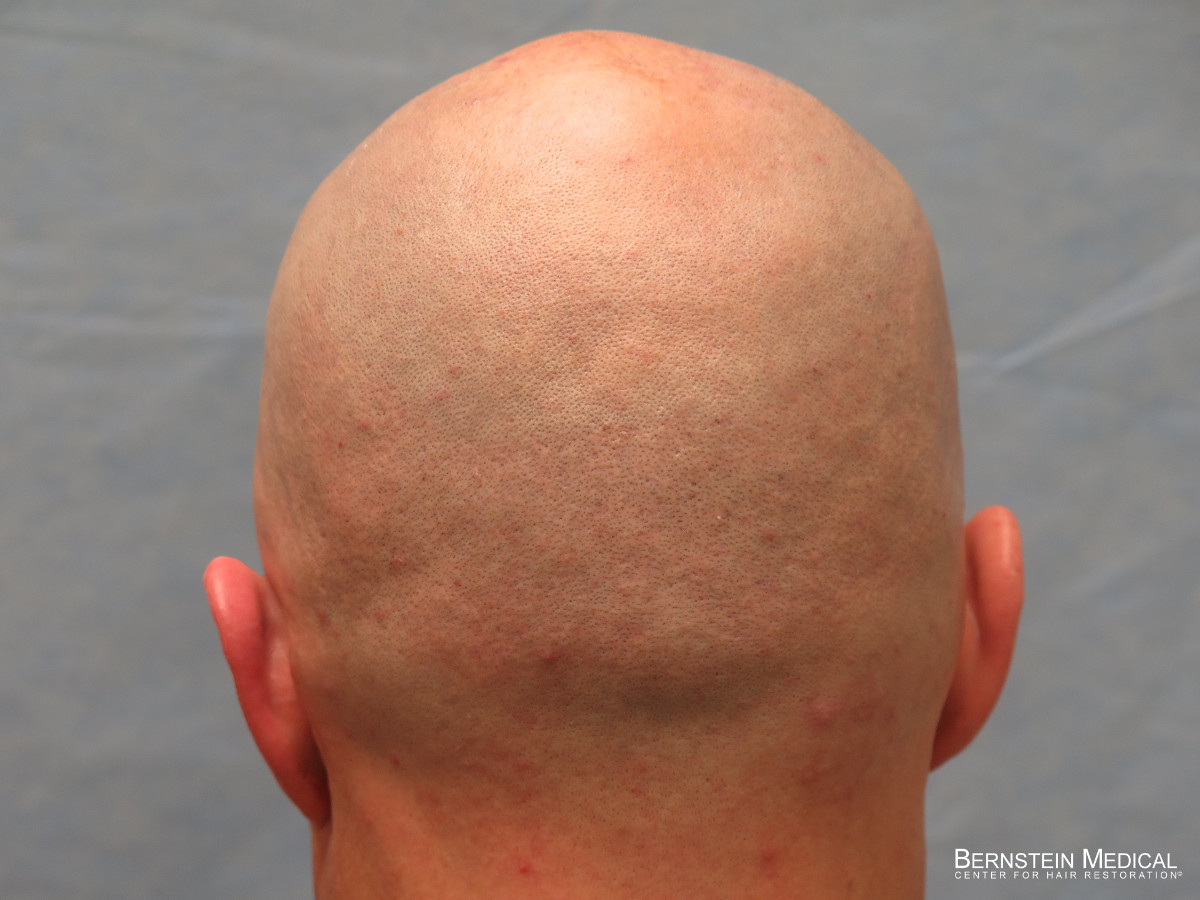
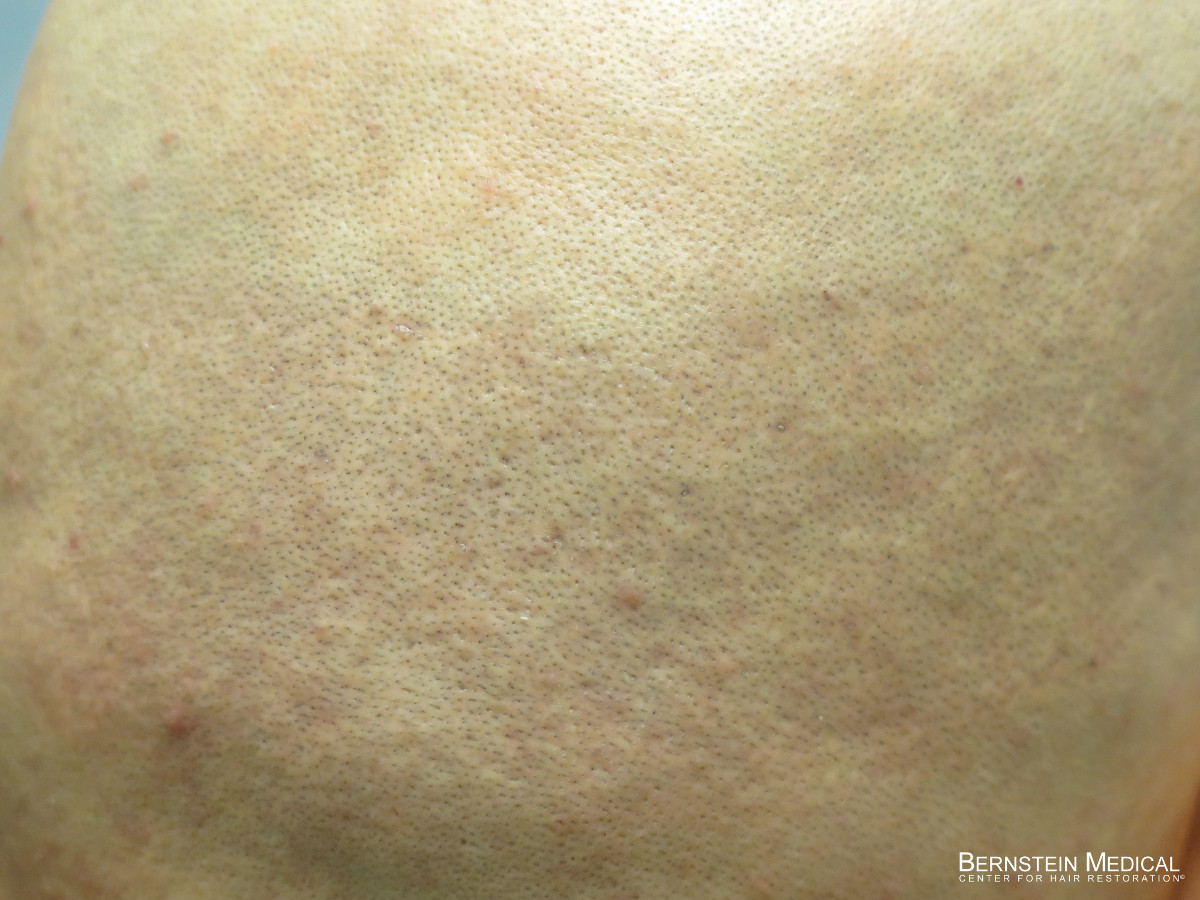
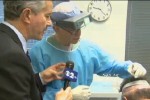 Dr. Bernstein was featured in a CBS News report on
Dr. Bernstein was featured in a CBS News report on 


